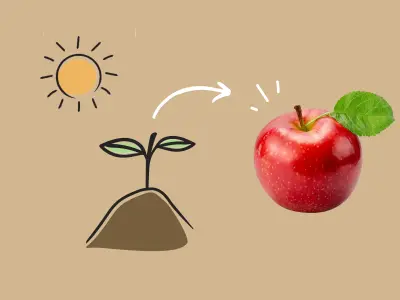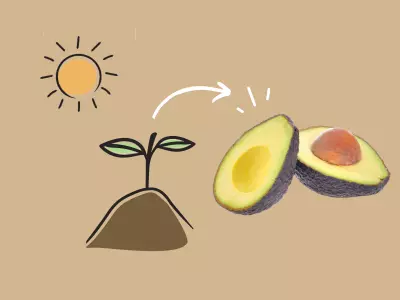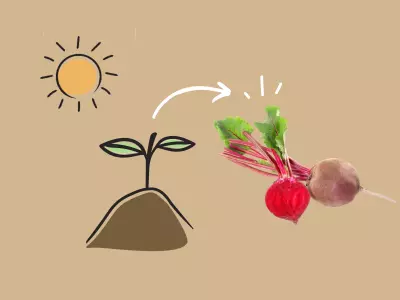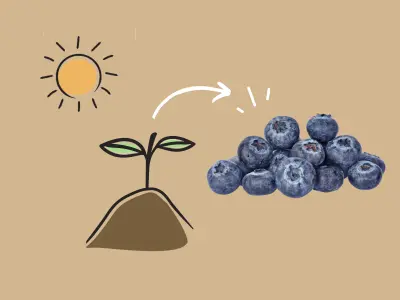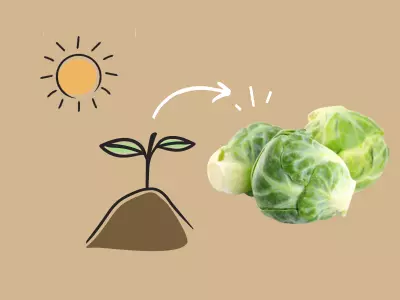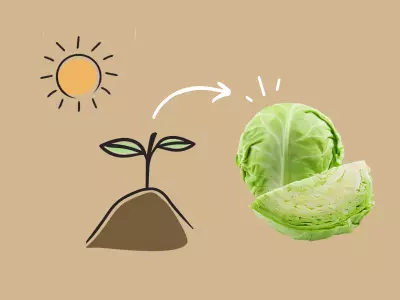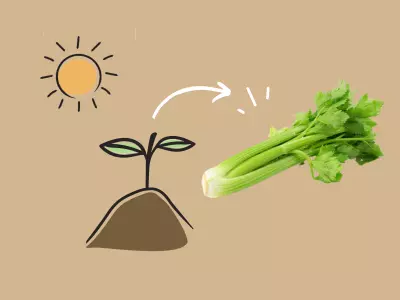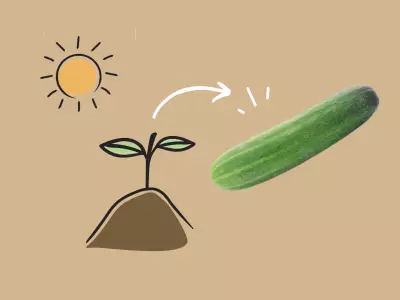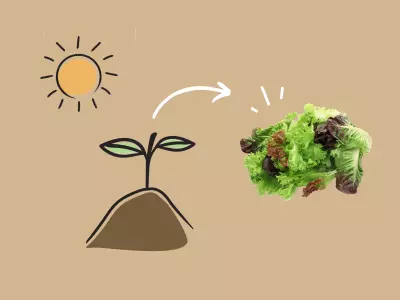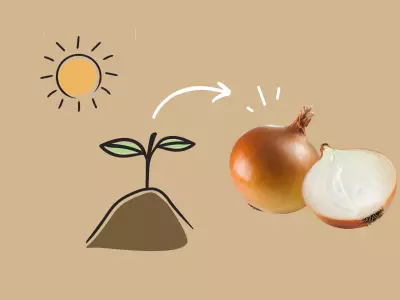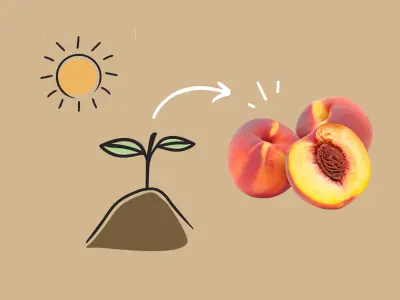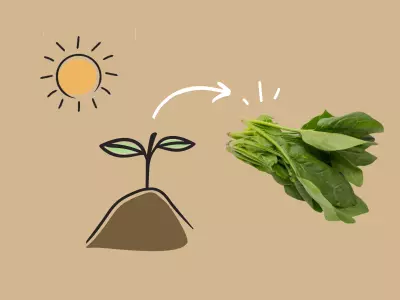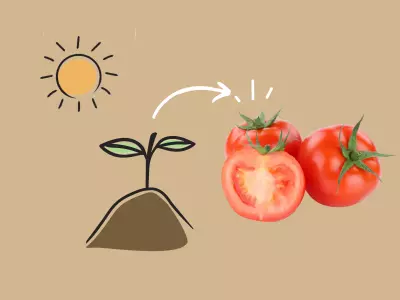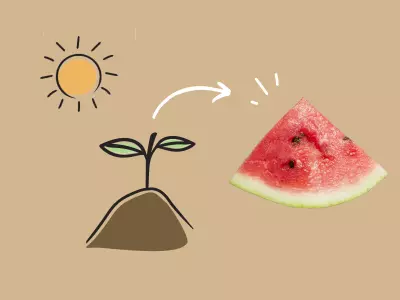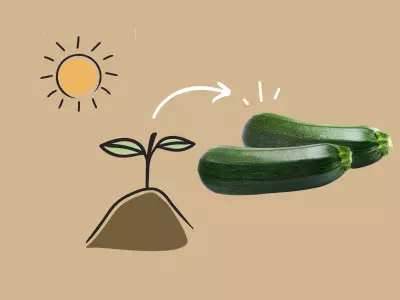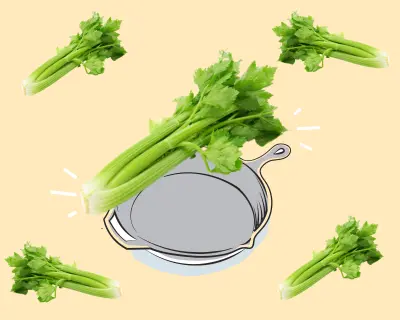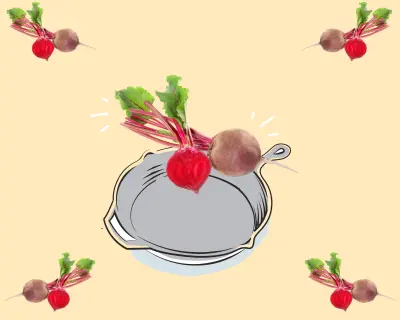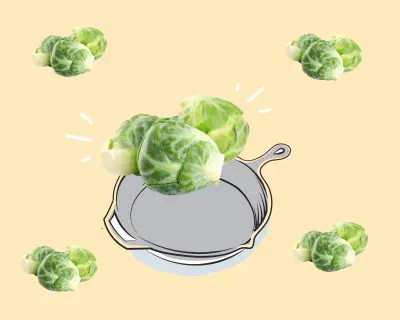Table of Contents[Hide][Show]
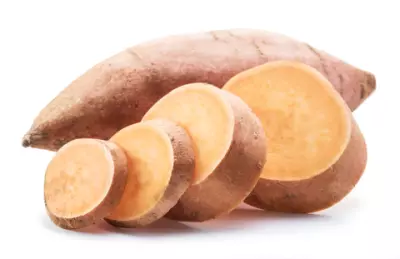
When it comes down to it, you don’t have to be a master gardener to enjoy home-grown sweet potatoes – all it takes is a little-know how and some planning. Sweet!
Types of Sweet Potatoes
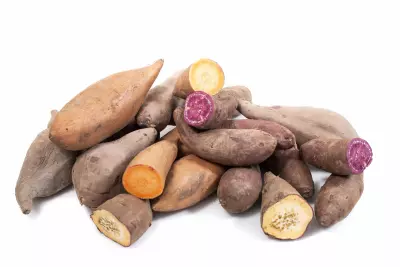
Despite their name, sweet potatoes are not actually potatoes—nor are they yams, even though the terms often get used interchangeably. These sweet tubers are members of the morning glory family! There are over 400 different sweet potato varieties around the world ranging in color from bright orange, to white, yellow and deep purple, but out of all those varieties, the one that you’ll see in the grocery store most is called Ipomoea batatas. The most widely grown commercial variety is Beauregard. Other varieties include Jewel, Garnet, Centennial, Georgia Jet, and Vardaman.
Getting Started
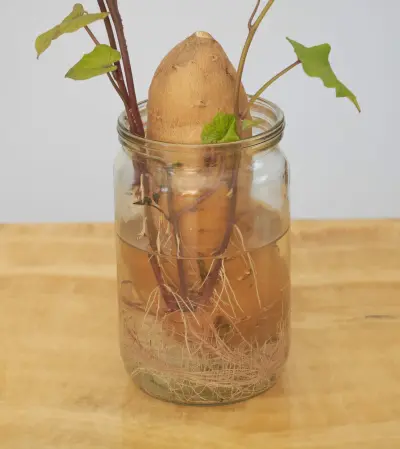
If you’re looking to grow your own sweet potatoes at home, they can be planted in a vegetable garden, raised bed, or in a large pot on a balcony. Unlike regular potatoes which are grown from whole “seed” potatoes, sweet potatoes are grown from sweet potato sprouts, known as slips. Sweet potato slips are the green sweet potato vines that grow out of the potato when it sprouts. Once a slip is a few inches long it can be pinched off of the sweet potato and rooted in water or planted directly in the ground to create a new sweet potato plant. From one sweet potato you can get 15 to as much as 50 slips, which will each grow into its own individual plant! Store-bought potatoes are fine to use but it’s best to start with an organic sweet potato as it is less likely to have been treated to stop sprouting.
To grow your own slips, place sweet potatoes (or sweet potatoes cut in half) in a glass jar of water, with half of the sweet potato under water. The half of the potato under water will grow roots, while the other half will grow sprouts. Place the jar somewhere warm (above 80°F / 27°C), even if it isn’t exposed to light. Sprouts should appear after anywhere from a week to a few months. Keep in mind you’ll want to start this process at least 6 weeks before you plan to plant your slips outside.
Once you have slips that are roughly 6 to 9 inches long (15 to 23 cm), they can be removed for transplanting directly into the ground or left to root in water until after the last frost when there is warm weather (but make sure to first dispose of the bottom inch of the slip). If it isn’t warm enough when you’re ready, pull the slips off the potato and root in water. Before planting in your home garden sweet potatoes require warm soil temperature, so they should be planted later than your other garden plants when any danger of frost has passed. If you live in the North, you can cover soil with black plastic to help keep it warm.
Where Best to Plant
Sweet potatoes need full sun, loose, well drained soil, plenty of organic matter and should be planted 12 to 16 inches (30 to 40 cm) apart to maximize yield. After planting the slips, make sure they get a thorough soaking until all of the surrounding dirt is wet. Water every day for the first week and every other day the second week. After that, plants need roughly 1 inch of water per week. Depending on the variety, plants can have long trailing vines so try using a trellis or other climbing option when growing potatoes in a small space. You can plant sweet potatoes in large pots on a sunny balcony. You can even plant them in pots outside in the garden in order to keep animals away!
Pests & Diseases
Sweet potatoes are generally hardy. Common pests that may affect these plants include sweet potato weevils, wireworms, aphids and whiteflies. Fungal diseases like black rot and Fusarium wilt can cause root decay, while scurf leaves dark patches on the skin of the tubers, reducing their storage life. Proper crop rotation, well-draining soil, and pest monitoring can help keep your sweet potato plants healthy.
Harvest Time
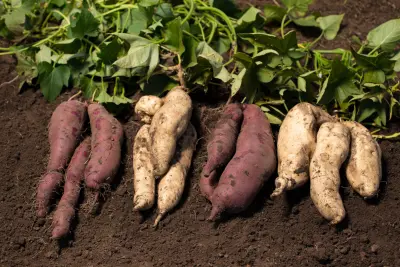
In some parts of the world, like Asia and Africa, sweet potatoes are grown, in part, for their edible greens which are delicious and nutritious. When you’re growing sweet potatoes in your home garden, you can do the same thing! In fact, you can begin harvesting sweet potato leaves about 45 days after planting, and harvest every other week through the rest of the season. Just make sure not to harvest so many leaves that the plant can no longer thrive! The best way to do this is to prune back the longest vines to about 2 feet long, and then snap the leaves off the cut vines.
Harvest sweet potato roots before the first frost. They usually require a growing season of 90 to 170 days to mature, depending on variety. You’ll know they are ready when the vines start to turn yellow, but the longer the crop is left in the ground, the higher the yield and vitamin content. For the week prior to harvest, don’t water your plants so they come out of the ground cleaner. To make it easier to harvest, cut the vines away leaving only a small portion so you know where the plants are and then carefully dig them up with a shovel so as not to bruise them, keeping in mind that they can grow a foot or more from the plant! These plants are extremely frost sensitive. If you haven’t yet harvested when unexpected cold weather hits, the plant leaves may start to turn black. In this case, the sweet potatoes will start to rot quickly and will need to be dug up immediately. After you have dug up all the potatoes, dry them in the sun for a few hours.
After drying, sweet potatoes need to be cured at high humidity for 10 to 15 days (if they aren’t eaten immediately), which helps them keep for longer and develops their sweet taste. Ideally, optimal curing conditions are 85°F at 85% humidity. This may be a challenge to achieve in your home. To simulate these conditions try placing your sweet potatoes in a rubber bin with the lid offset, in a warm location. After the initial curing, store potatoes for a month at 55 to 60°F or 13 to 16°C (ideally 75 to 80% relative humidity) to further develop their sweet flavor. If properly cured and stored, sweet potatoes can keep for several months. Yum!
Grow Your Own Garden
If you’re looking for help on how to grow other foods check out these posts!



